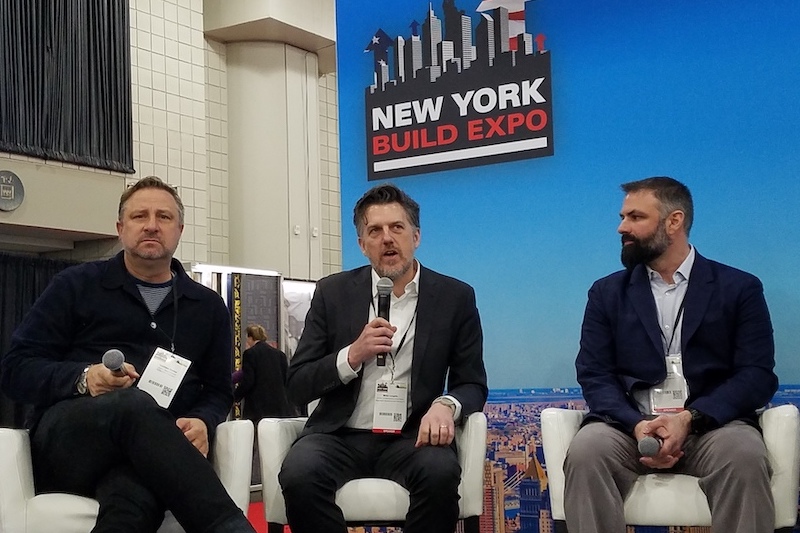Making Affordable Housing Yield Profits

- There is a thriving demand for affordable housing.
- This sector of housing often has a guaranteed rate of return.
- Lower costs and greater efficiency do not mean poor quality.
Construction expenses, wages, materials, insurance, and the costs of code and safety compliance continue to rise. Yet the need for affordable housing keeps on growing. A New York Build 2020 Expo panel recently discussed ways of reconciling these market realities. They addressed one of today’s industry questions: How can affordable housing yield profits?
The Growth in Demand
The panel defined affordable housing as that which receives a governmental subsidy, tax credit or zoning benefit. The assistance bridges the gap between the cost of construction, renovation or maintenance of the property and residents’ income. “The households are not able to afford market-rate housing in the current economic client,” explained Brian Loughlin, the Director of Planning at the Magnusson architecture firm. “It’s housing that we need collectively as a community, city and state.”
Even with challenges, affordable housing is a thriving business. It benefits from certain advantages. “The affordable housing umbrella is getting bigger,” Loughlin said. On a national level, demand is continuing to grow, according to a recent report by Harvard University.
In New York City, the de Blasio administration’s Housing New York 2.0 aims to build and preserve 300,000 affordable homes by 2026. “Developers in the community are now generating affordable housing at a clip that we’ve not seen since the 70s,” commented Loughlin. “And there is still not enough.”
Governmental Programs
Tax incentives are crucial for affordable housing to yield profits. Examples of government programs include FHA loans and Low Income Housing Tax Credits (LIHTC).
Affordable housing has another benefit. “The system in place allows for an assured rate of return,” Matthew Bremer, a principal at Architecture in Formation noted. “Prices are set. All of the units get filled by the lottery. There is no waiting for rents to drop.”
The city’s Department of Housing Preservation and Development and the Housing Development Corporation administer the lottery, a highly competitive application process. In January 2019, The New York Times reported that in 2018 there were 4.6 million applicants. The odds of winning one of the affordable apartments were 1 in 502.
With market-rate units, building managers need to know the amount to price apartments. Otherwise, they risk losing money with vacancies.
Affordable Does Not Mean Lower Quality
Affordable housing often sets the example for governmental environmental standards. “Look at climate change,” said Bremer. “Affordable housing has been leading the charge in many aspects of the sustainability of buildings.” This sector is often incentivized to be cost-effective and at the forefront of meeting energy efficiency and carbon emission targets.
The panelists emphasized that affordable housing that pencils does not mean sacrificing quality of living.
“It takes just as much energy to do a bad building as it does a good one. So, why not be innovative and thoughtful? Be hyper-sustainable and push the envelope,” Bremer opined.
Joe Meringolo, the President of JSM Project Management, said his role is to create processes “where affordable and efficient does not mean cheap.” He pointed to leveraging larger buying power and increasing technology as ways to boost efficiency. Meringolo noted prefabricated, offsite construction is another way to reduce expenses. Manufactured housing can increase the predictability of success. It can also lower labor costs and construction accident risks.
Importance of Community Input
Finally, affordable housing involves constituents beyond private investors and developers. It uniquely intersects with the community and local government. Thus, these projects require adept public relations and communications.
“If it is seen that the developer and contractor are benefitting at the expense of the municipality or community, it will not work,” Loughlin said. “It is a 10-, 15- or 50-year endeavor that the community has to have a stake in and value as a project they share.”
HUD has licensed Arbor Realty Trust to administer FHA mortgage insurance programs. Options include long-term, nonrecourse financing for both market-rate and affordable apartments. Contact Arbor today to learn more about our financing solutions.

